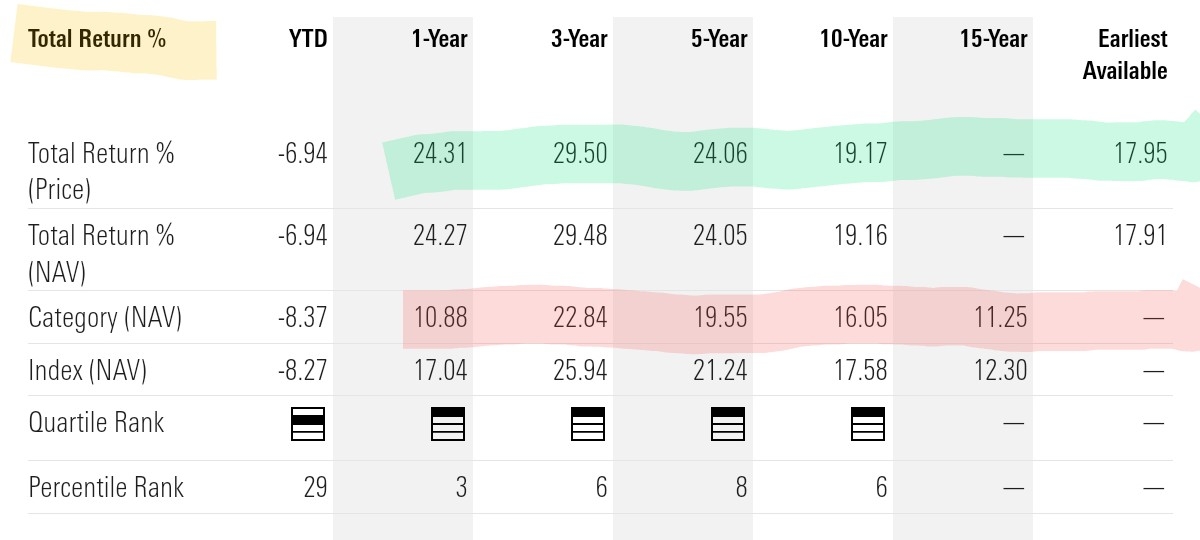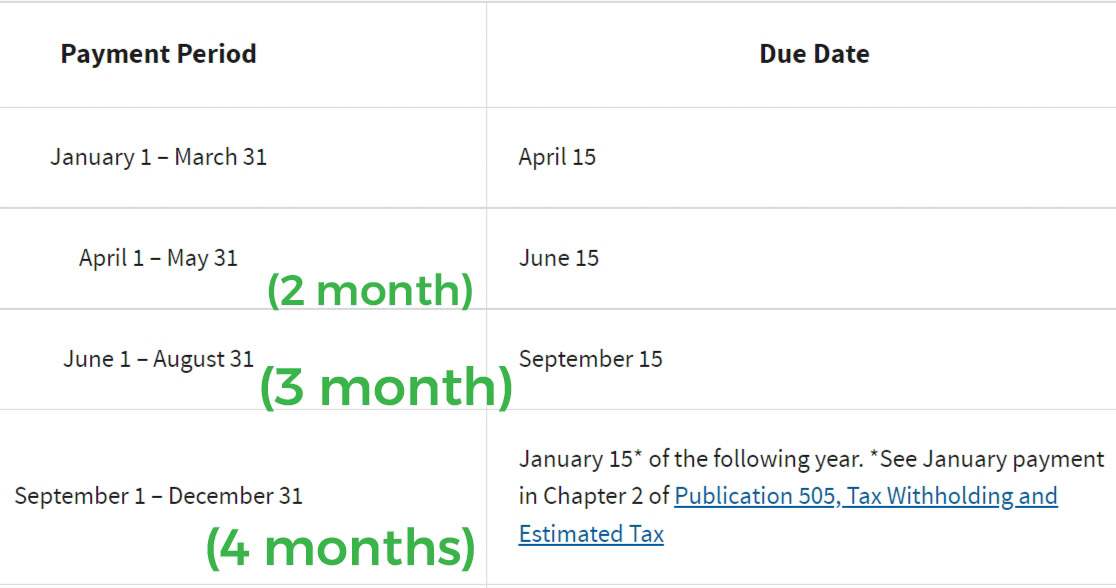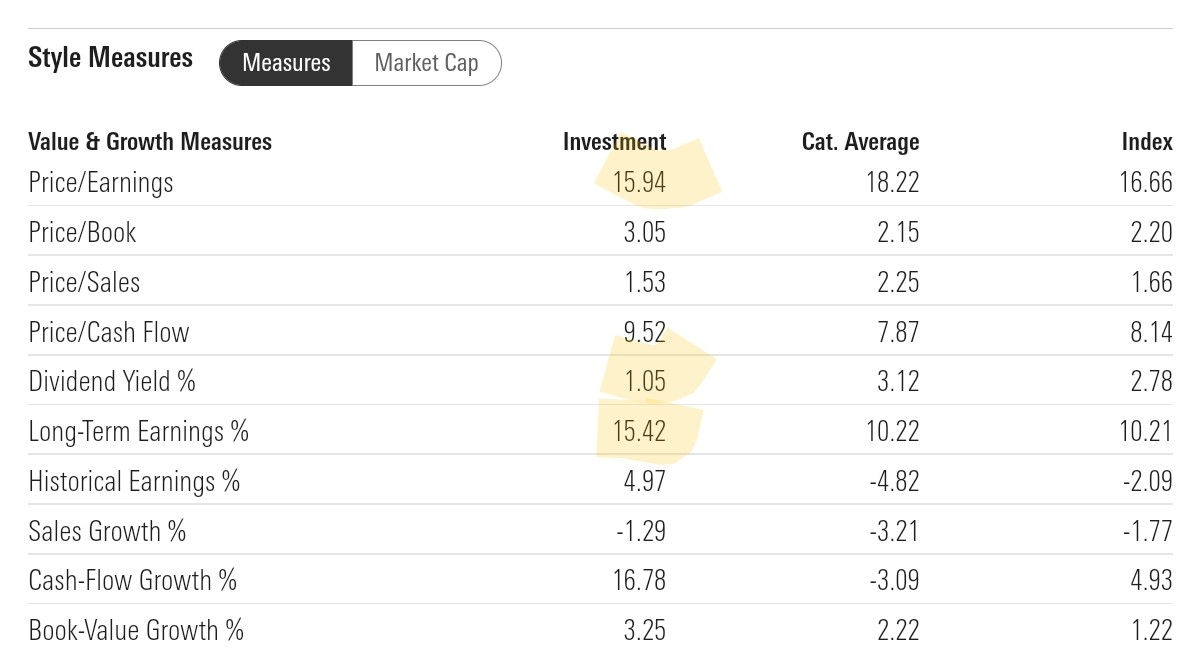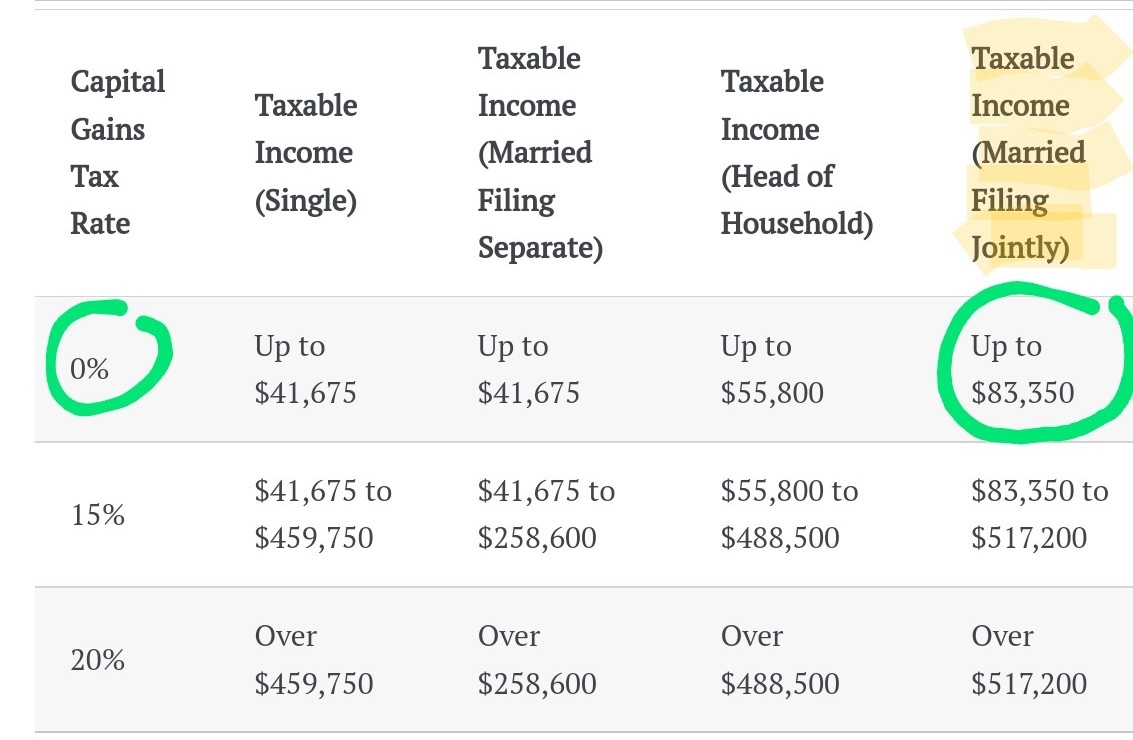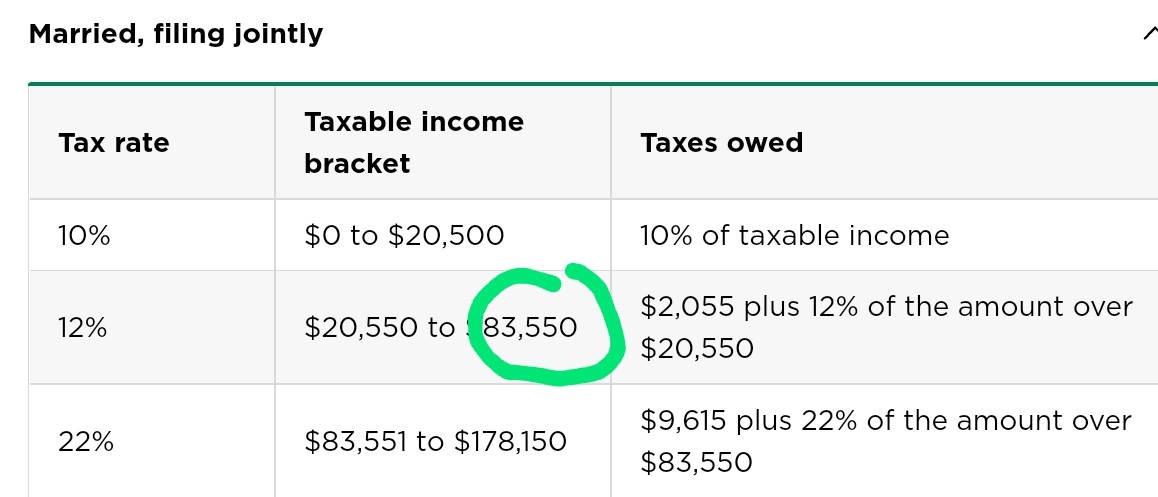Why investors should stay away from highly leveraged ETF such as ProShares UltraPro QQQ (TQQQ)
ETF ProShares UltraPro QQQ (TQQQ) offers 3x ( T riple) daily long leverage to the NASDAQ-100 Index based Invesco QQQ Trust (QQQ) ETF . Using 3x leverage means that fund manager invests another ( borrowed ) $2 for each $1 investors put in. This results into 3 times of index return in boom times like last several years. This all sounds great until market moves to crash territory. All those gains as well as principal could be quickly wiped out during a crash. For example a 10-20% market correction (which typically happens every alternate year) would result into 30-60% drop in TQQQ. If one had doubled one's money in last couple of years, all that gain is wiped out with just a mild 15% correction. With such outsized loss, one is likely to resort to panic selling and so would miss out further during quick recovery (typically 4-5 months for corrections). I strongly suggest to stay away from such souped up leveraged investing. Savvy investing is all about meaningfully managing o
